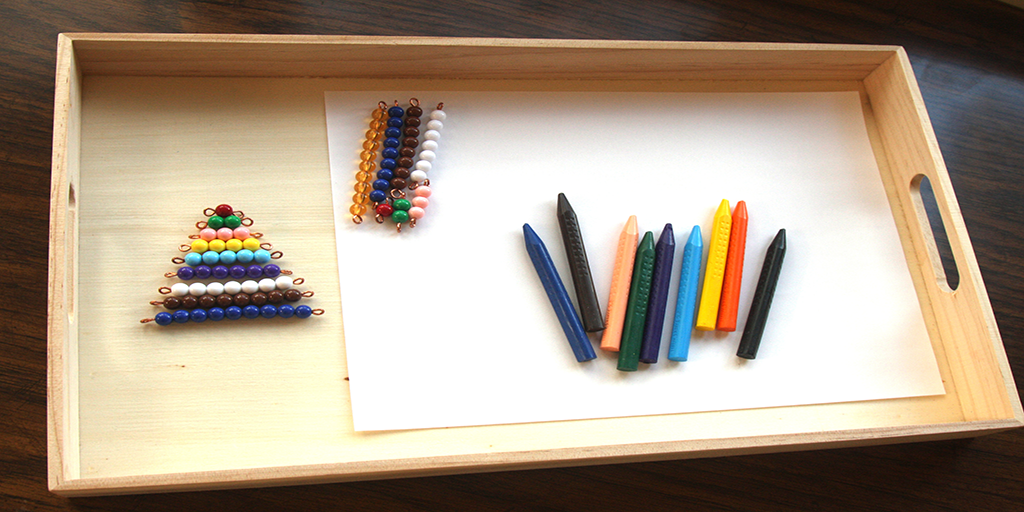What comes to mind when you think of learning? For most of us, the idea of learning conjures up images of students sitting in rows inside a traditional classroom. However, in the 21st century, learning takes all sorts of different shapes. From e-learning and blended learning to infusing technology into traditional classrooms and offering experiential learning opportunities, today’s learners are finding all sorts of ways to learn new information. One of the most talked about ways of learning is experiential learning. To understand why this learning strategy is so powerful and how it benefits 21st century learners, it’s important to first understand what experiential learning is.
What is Experiential Learning?
Experiential learning is a research-based, hand-on learning process. Rather than using lectures, simulations, discussions, or other teaching methods, experiential learning requires the learner to act in the real world. This type of learning pushes students beyond the traditional classroom walls. It focuses on inquiry, application, and authentic learning opportunities.
Experiential learning experiences vary depending on the field of study and the content being taught. Internships, volunteering, studying abroad, independent research, and student teaching are all examples of experiential learning. While some experiences focus more heavily on one content area, experiential learning is almost always interdisciplinary. These experiences give students the chance to see the interconnectedness of all content areas in real life situations.
The Key Components of Experiential Learning
Experiential learning isn’t as simple as sending students outside and telling them to observe and interact with the world. Instead, experiential learning is all about intentional design. To set up an effective experiential learning experience according to the details of Kolb’s Experiential Learning Theory (Kolb, 1984), four different stages need to occur:
- Concrete Experience
- Reflective Observation
- Abstract Conceptualization
- Active Experimentation
Put another way, students must, act, reflect, think, and apply. Moving through these four steps helps complete the experiential learning process.
Step 1 – Act

During this step, learners are engaging in some type of real-world hands-on experience. Often times, schools consider independent studies, internships, study abroad semesters, or research projects as valid experiences. This phase of the experiential learning process gets learners out in the field locally and across the globe.
Step 2 – Reflect
Very often, this is the piece of the experiential learning process that is skipped. It is also one of the most critical steps. During this reflection time, learners have the opportunity to consider strengths they possess and challenges they faced. They are often given access to mentors and experts to help them move through the reflection process.
Step 3 – Think
During this step, learners have time to think about the experience and their reflection. This experiential learning stage can be formal or informal. It frequently ends with the learner discussing her/his findings through some type of presentation or publication. Sharing thoughts with a larger community is key.
Step 4 – Apply
This final step in the experiential learning process involves learners applying their realizations. That might mean going back into the field and doing the same work over again. Or it might mean taking the previous learning and applying it to new related work. This next experience can trigger the experiential learning process again, hopefully allowing students to be lifelong learners.
If students miss a step in the learning process, the experience likely will not be as authentic and meaningful as it otherwise could be. That is why experiential learning needs to be thoughtfully planned and faithfully carried out.
Is Experiential Learning the Future of Learning?
Though the concept of experiential learning has been around for decades, there’s a lot of buzz about it lately. Why? Many people are suggesting that experiential learning is actually the future of learning.
Let’s delve into some of experiential learning’s benefits to see why this learning strategy is an optimal approach to take in the 21st century.
21st Century Benefits
When all four steps of experiential learning are implemented, it is a highly effective learning method. Because of the unique opportunities presented to learners in experiential learning, it also addresses many of the skills that 21st century learners need. Here are just some of the many benefits:
It inspires creativity. There is no one single answer or approach to this kind of field work. That means that learners can draw on their background knowledge and approach their work from a variety of angles. This outside-the-box thinking is something that can be difficult to evoke with other learning strategies. However, it is a foundational aspect of experiential learning.
It fosters community. One of the most important things that learners can do is to see how their work fits into a bigger picture. By inviting learners to have these authentic real-world experiences, they get to actually see the impact they make on others. Not only do they get to foster relationships with people working in a similar capacity, but they also get to see how their work shapes customers, clients, and communities firsthand.
It invites problem solving. Just as it invites creativity, experiential learning also requires problem solving. Learners have the opportunity to wrestle with situations, applying different techniques and consulting various resources. This might include opportunities to learn to interact with different people, and it can also motivate learners to adopt new technologies and explore different online learning resources as well.
It takes learning anywhere. One of the most exciting aspects of experiential learning is that it can take learners anywhere. Many learners use this as an opportunity to get out and connect with local communities. Others, however, use this as a chance to study and work abroad. In the 21st century job market, skills which are critical to international success, such as business and marketing acumen – and even translation and linguistic expertise – are crucial. What better way to hone them than in authentic situations around the globe?
It offers opportunities to grow. The real world is all about learning from mistakes. While more traditional learning methods might end with a test or a graded paper, experiential learning is different. Even if learners do find themselves encountering setbacks, they can grow from them in many ways. Experiential learning doesn’t end with the experience; in fact, the experience is just the beginning. After students have completed the field work in step 1, they will then move through the reflection, consideration, and application processes. During this time, they get support from mentors and fellow learners, allowing them to reflect on the initial process and to develop strategies for improvement the next time.
It lets learners move at their pace. Learners need the ability to move at their own pace. Differentiation is a time-tested element of effective teaching and impactful learning. It is also sometimes very difficult to apply to traditional teaching models. Experiential learning, on the other hand, is an ideal forum for allowing learners to move at a speed that best suits their needs. In this field work, learners understand how to work within realistic deadlines, and they can explore pacing options that meet their needs.
Final Thoughts on Experiential Learning and the Future of Learning
It should not be a surprise that experiential learning is being touted as the future of learning. When all four steps of the experiential learning process are followed, the benefits for learners abound. Everything from increased creativity to authentic problem-solving opportunities occur throughout this learning process. When it comes to preparing students for lifelong learning and success in their careers, it’s hard to imagine a more comprehensive methodology.


